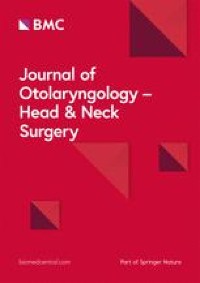
Surg Radiol Anat. 2021 Nov 5. doi: 10.1007/s00276-021-02851-1. Online ahead of print.
ABSTRACT
PURPOSE: The lateral ankle ligament complex (LALC) is composed of anterior talofibular (ATFL), calcaneofibular (CFL), and posterior talofibular (PTFL) ligaments, all of which have a connection/continuous fiber. However, the structural link between the LALC and the articular capsule remains unknown. The goal of our study was to determine the connection between ATFL's inferior fascic le and the articular capsule.
METHODS: In this study, we utilized 84 formalin-fixed ankles to elucidate the structure of LALC. Between ATFL and CFL, the bundle number of ATFL and arciform fiber was investigated. The specimens were decalcified and sectioned coronally using a freezing microtome, in the case of double bundles of ATFL, to study the connection between the inferior fascicle of ATFL and the articular capsule.
RESULTS: ATFL had a single (25%), double (74%), and triple (1%) bundle number, respectively. The arciform fiber connecting the ATFL and the CFL was found in the superficial layer of all ankles (100%). There were two types of relationships between the inferior fascicle of ATFL and the articular capsule: 36 ankles (58%) were extracapsular, and 26 of 62 ankles (42%) were integrated with the inferior-lateral articular capsule. There are two kinds of relationships between the inferior fascicle of the ATFL and the articular capsule: extracapsular and integrated- capsular.
CONCLUSIONS: The inferior fascicle of ATFL has a variant and integrated-capsular type is reinforced inferior-lateral articular capsule and enters the joint to form continuous fibers with PTFL, making LALC. These anatomical findings are helpful in ultrasonography diagnosis and arthroscopic ankle surgery.
PMID:34738180 | DOI:10.1007/s00276-021-02851-1





